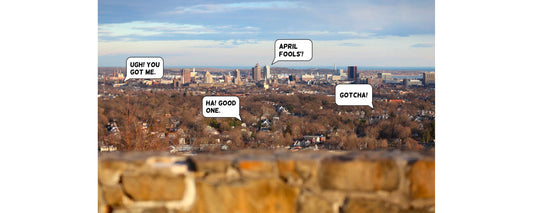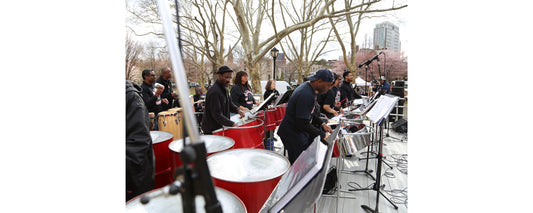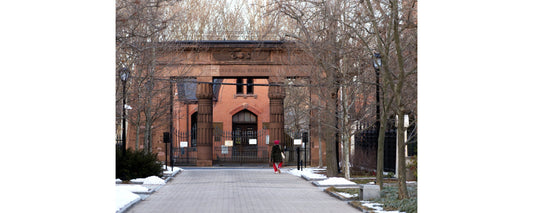From well into the 19th century to well into the 20th, trolleys were the method of choice for getting New Haveners where they needed to go.
Although horse-drawn street trolleys had already emerged in Wales by 1807, New Haven’s first versions hit the road in 1860, operated by the Fair Haven and Westville Horse Railroad. Connecting both ends of the city, the company laid tracks from Grand Avenue to Whalley Avenue, eventually building out smaller branches, or spur lines, that led through downtown to the main railroad station and elsewhere. In 1865, the New Haven and West Haven Horse Railroad and the Centerville Horse Railroad were founded, extending trolley lines to Hamden and West Haven. More competitors soon sprang up, including the State Street Horse Railroad in 1868, the New Haven and Allingtown Horse Railroad in 1871 and the Whitney Avenue Horse Railway that same year.
sponsored by
But change was around the bend. A number of electric trolleys were shown at the World’s Fair in New Orleans in 1884, the same year that an electric trolley line was built in Cleveland, Ohio, followed by Richmond, VA, in 1888, the latter generally credited with working out a lot of the young technology’s kinks. It wasn’t until 1893 that New Haven’s horse-drawn trolley lines began to be converted to electric railways.
By 1900, the 13 separate horse railroad companies operating in New Haven had been purchased by the Fair Haven and Westville Railroad, creating the largest street railway system in the state. On May 24, 1904, the Fair Haven and Westville Railroad was taken over by the Consolidated Railway, which operated passenger and freight rail lines throughout the Northeast. On May 31, 1907, the Consolidated Railway created the Connecticut Company, which ran most of the urban and interurban streetcar lines in the state.
New Haven’s trolley routes followed most of the main arterial roads from the suburbs to downtown and vice versa, rendering neighborhoods along the lines more desirable. Stores and shops popped up along some of those main drags, including Congress, Washington, Grand, Whalley, Legion and Dixwell Avenues. Trolleys also provided a way for city folk to gain access to less urban recreational sites like Savin Rock, Lighthouse Point, Momauguin and Stony Creek. After the Yale Bowl, then the largest arena in the world, was completed in 1914, it became a major attraction for residents, students and visitors, and it was primarily the trolleys that brought them there. On November 21, 1914, streetcars carried 33,000 spectators from Union Station to the Bowl’s first game, though Harvard would carry the day against Yale, 36-0.
sponsored by
The trolley’s eventual successor—the motorized bus—was first introduced to the city in February 1900, along Orange Street. But trolleys weren’t going anywhere, aside from all the places they were going. It took 25 years for the state to perform its first major conversion of trolley line to bus line. That happened in Norwich, leading to a cascade of other line conversions around Connecticut over the next 20 years. New Haven’s famed open car trolley line to the Yale Bowl saw its final run on Thanksgiving Day, 1947, bringing one last crowd to the Yale Bowl, this time for a match between Hillhouse and West Haven High Schools. New Haven’s very last holdouts were retired after the morning of September 26, 1948, ending 88 years of clappers clanging against bells and metal grinding on metal.
It was the end of an era, but with an asterisk a few years in the making. In 1945, the Branford Electric Railway Association was created, acquiring a half-mile portion of trolley line from East Haven to Branford in 1947. Establishing the Shore Line Trolley Museum around it, it’s now the oldest continuously running suburban trolley line in the country, earning a listing on the National Register of Historic Places and gathering a collection of nearly 100 vintage trolley cars from around the world.
You can’t take a trolley there, but you can take a trolley once there, and you know what? It’s a trip.
Written by Colin Caplan. All images provided courtesy of Colin Caplan and Magrisso Forte. Image #1 depicts a horse-drawn trolley in New Haven circa 1865. Image #2 depicts an electric trolley car on the Grand Avenue line circa 1900. Image #3 depicts one of the Yale Bowl trolleys circa 1947.









